Steven F. Arnold ’61
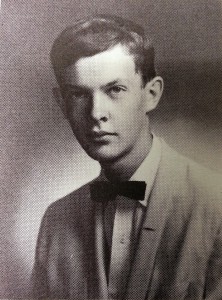
Class of 1961
Steven was born on May 18, 1943, to a seamstress mother, and a hardware clerk father in Oakland. At four or five years old, he found a chest of theatrical costumes and make-up belonging to his uncle in the attic of his parent’s house, and from then on devoted himself to the art of transformation, constantly dressing up to amuse himself, his fashion model sister, and his babysitter. His parents encouraged his fantasies, and allowed him to build sets and puppets to put on shows for the neighborhood children, to whom he said, he never related.
In the fall of 1958 Arnold entered Oakland Tech, where he met his lifelong friend, muse, and collaborator, Pandora. The pair became inseparable, and their high school art teacher, Violet Chew, was the pair’s mentor and main source of inspiration. Chew taught her students by ancient Chinese methods, which worked from the inside out, encouraging 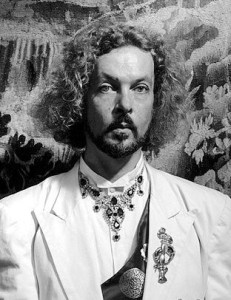 students to confront problems on a soul-level, and to use their art as a means of exploring and solving these problems. She also introduced the young Steven to antique and junk shopping, art history, cutting-edge fashion, and Eastern spiritual traditions, which made a lasting impact on Arnold’s philosophy and art. She saw great potential in her student, and arranged for Arnold to drop homeroom and physical education in order to spend three periods with her each day. It was also around this time that Violet Chew’s friend, artist Ira Yeager noticed that “it was Steven who actually initiated ‘hippie’ dress in San Francisco, before it was fashionable.”
students to confront problems on a soul-level, and to use their art as a means of exploring and solving these problems. She also introduced the young Steven to antique and junk shopping, art history, cutting-edge fashion, and Eastern spiritual traditions, which made a lasting impact on Arnold’s philosophy and art. She saw great potential in her student, and arranged for Arnold to drop homeroom and physical education in order to spend three periods with her each day. It was also around this time that Violet Chew’s friend, artist Ira Yeager noticed that “it was Steven who actually initiated ‘hippie’ dress in San Francisco, before it was fashionable.”
After graduating from Tech in 1961, Arnold won a full scholarship to the San Francisco Art Institute. In the spring of 1964, after earning perfect grades for two years at the Institute, Arnold took a break to study abroad in Paris and enrolled at Ecole Des Beaux Arts. Feeling confined by the stiff, traditional curriculum at Ecole Des Beaux Arts, Arnold and a group of American classmates rented villas on the small island of Formentera off the coast of Spain. Arnold began keeping sketchbooks around this time, a practice he maintained throughout his life.
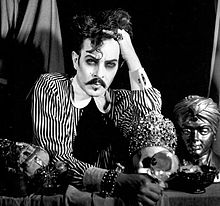 Returning to San Francisco in the Spring of 1965, Arnold resumed his studies at the San Francisco Art Institute, turning his eye on film-making: writing, directing, and designing three short films over the next two years. By late 1967 Arnold was on the verge of receiving his BFA, and his final student film, Messages, Messages, was drawing critical attention. The film went on to win invites to Cannes’ Directors’ Fortnight, the Chicago International Film Festival, and the Toronto Film Festival. Due to the critical success of their film, Arnold and collaborator Michael Wiese decided that Messages, Messages was worthy of a more elaborate hometown premier than the San Francisco Art Institute could provide, so in February of 1968, shortly before their graduation, the pair rented the Palace Theatre in San Francisco’s North Beach for the occasion. In addition to Messages, Messages, Arnold also curated “a rare collection of early surrealist films by Man Ray, Melies, and old French animations.” The evening was such a huge success that theater owner offered to allow Arnold to continue holding screenings. This led to the March 1968 inauguration of Arnold’s Nocturnal Dreamshows, the very first of the weekly midnight movie showcases that became nationally popularized in the 1970s.
Returning to San Francisco in the Spring of 1965, Arnold resumed his studies at the San Francisco Art Institute, turning his eye on film-making: writing, directing, and designing three short films over the next two years. By late 1967 Arnold was on the verge of receiving his BFA, and his final student film, Messages, Messages, was drawing critical attention. The film went on to win invites to Cannes’ Directors’ Fortnight, the Chicago International Film Festival, and the Toronto Film Festival. Due to the critical success of their film, Arnold and collaborator Michael Wiese decided that Messages, Messages was worthy of a more elaborate hometown premier than the San Francisco Art Institute could provide, so in February of 1968, shortly before their graduation, the pair rented the Palace Theatre in San Francisco’s North Beach for the occasion. In addition to Messages, Messages, Arnold also curated “a rare collection of early surrealist films by Man Ray, Melies, and old French animations.” The evening was such a huge success that theater owner offered to allow Arnold to continue holding screenings. This led to the March 1968 inauguration of Arnold’s Nocturnal Dreamshows, the very first of the weekly midnight movie showcases that became nationally popularized in the 1970s.
Since 1967, Arnold had also been illustrating posters for local businesses, and was among the original group of rock poster artists in San Francisco, creating some of the first rock posters for the famed Matrix nightclub, which was later credited for originating the “San Francisco sound” of the psychedelic ’60s.
| Visit the Steven Arnold Archive on Facebook |
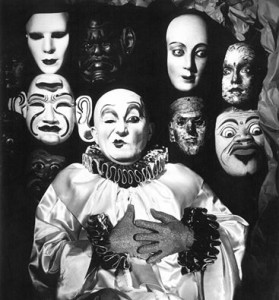 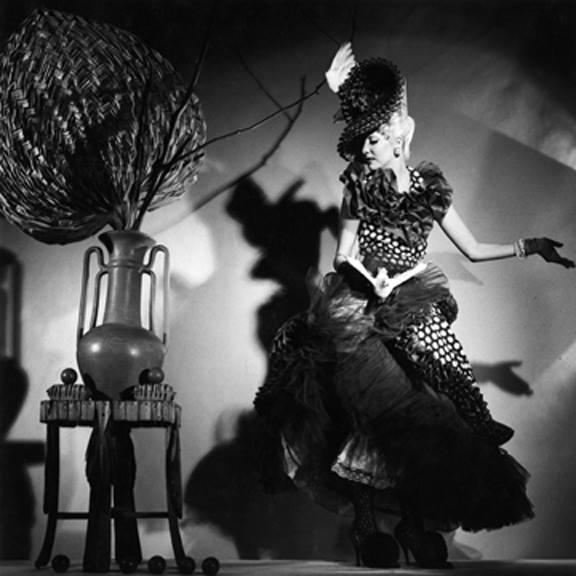 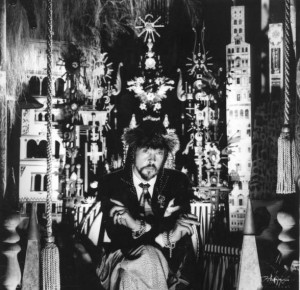 |
In 1969, while working on his MFA at San Francisco Art Institute, Arnold began filming Luminous Procuress, which went on to win him the 1972 New Director’s award at the San Francisco International Film Festival, an extended exhibition at the Whitney Museum of American Art, and a second invite to Cannes’ Director’s Fortnight. Salvador Dali was so impressed with the film, that he arranged a private screening at the St. Regis Hotel, to which he invited New York’s elite, including Andy Warhol, who also praised the film’s genius. Arnold became a favorite of Dali’s, and in 1974 went to study with the master in Spain, helping Dali to embellish and inaugurate his Teatro-Museo Dali. Dali dubbed Arnold the ‘prince’ of his Court of Miracles, which included other counter-culture icons such as Donyale Luna, Andy Warhol Superstar Ultra Violet, Amanda Lear, Marianne Faithfull, David Bowie and Mick Jagger. After returning to California, and failing to make any progress on other film projects, Arnold was driven to find new modes of expression. By establishing his Los Angeles photography studio and west-coast salon, Zanzibar, Arnold did just that.
From 1982-89, Steven Arnold found his niche, designing and shooting tableau-vivants for four books, leaving thousands of living tableau photographs and negatives unpublished. He also left
behind a social legacy in Los Angeles which, according to many who saw Zanzibar at it’s height, has never been equaled. He also nurtured deep, inspirational friendships with kindred spirits such as actress Ellen Burstyn and Simon Doonan of Barneys New York. Arnold adored the vast cross-section of society represented at his nightly Salons, but also culled inspiration from his dreams, world religions, sexuality, fine art masterpieces, Jungian archetypes, social attitudes, excess, and artifice, working all night, and waking each afternoon to sketch dreams and visions into his growing collection of sketchbooks. In addition to his photography, Arnold also translated these drawings into a large body of paintings and assemblage sculpture between 1990 and his his early death in 1994. This prolific period led to brushing shoulders and photographic opportunities with the likes of Vogue’s Diana Vreeland, psychedelic explorer Timothy Leary, Michelle Pfeiffer, Jay Leno, Warhol Superstar Holly Woodlawn, The Cars, George Harrison, Blondie’s Debbie Harry, and John Waters’ stars Divine and Susan Tyrell, among others.
Arnold was diagnosed with AIDS in 1988 at the height of his popularity and died in 1994. His works are in the collections of the Whitney Museum of American Art in New York, Frankfurter Kunstverein in Germany, the Museum of Modern Art (MoMA) in New York, Cinematheque Francaise in Paris, the San Francisco Museum of Modern Art (SF MoMA), the Oakland Museum of California, the ONE National Gay and Lesbian Archive and Museum in Los Angeles, and the Cincinnati Art Museum.
Steven Arnold’s vast artistic catalog continues to be exhibited worldwide, and is the focus of the upcoming documentary Heavenly Bodies, slated for release in 2014.
